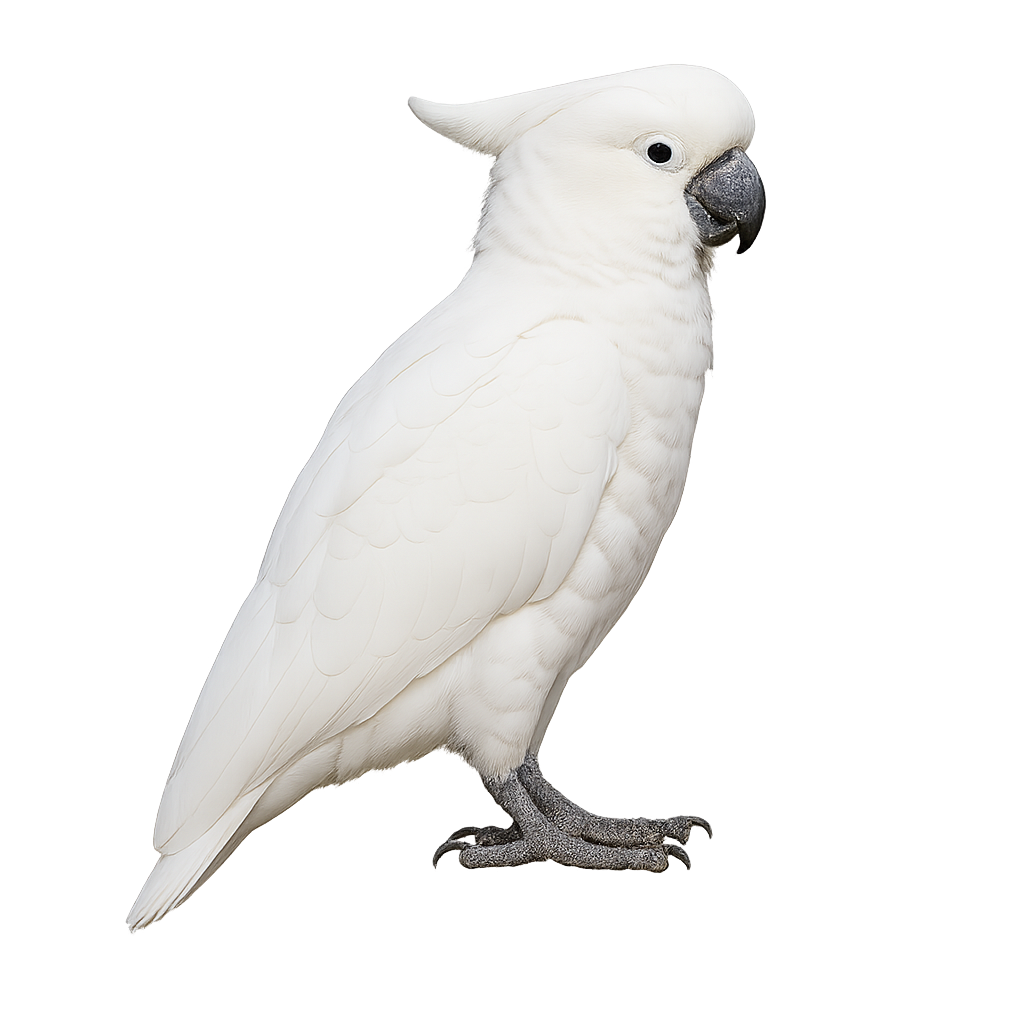Your wildlife photography guide.
Explore in detail, study its behavior, prepare your shots.
Where to observe and photograph in the wild
Learn where and when to spot in the wild, how to identify the species based on distinctive features, and what natural environments it inhabits. The WildlifePhotographer app offers tailored photography tips that reflect ’s behavior, helping you capture better wildlife images. Explore the full species profile for key information including description, habitat, active periods, and approach techniques.
Cockatoo
Scientific name: Cacatua

IUCN Status: Least Concern
Family: CACATUIDAE
Group: Birds
Sensitivity to human approach: Suspicious
Minimum approach distance: 5 m
Courtship display: March to May
Incubation: 25–30 jours
Hatchings: April to June
Habitat:
Tropical and subtropical forests, savannas, and woodlands of Australia and New Guinea
Activity period :
Primarily active during the day, with peak activity in the morning and late afternoon.
Identification and description:
Cockatoos are exuberant and colorful birds, known for their spectacular crests and fascinating social behavior. These birds are native to Australia, New Guinea, and neighboring islands. Their plumage, often white with brightly colored accents on the crest or tail, makes them particularly attractive. They are also famous for their intelligence and ability to mimic sounds, including human speech, making them popular as pets.
Cockatoos live mainly in forests, savannas, and coastal areas. They are social birds that form often noisy groups, spending their days searching for food, perching, and interacting with other members of their group. Although some species of cockatoos are protected due to habitat loss and poaching, they remain an iconic symbol of exotic birds.
Recommended lens:
>=200 mm – adjust based on distance, desired framing (portrait or habitat), and approach conditions.
Photography tips:
Use a telephoto lens to photograph cockatoos without disturbing them. They are often seen in trees or flying, and the morning or evening light is ideal. Be discreet and respect their space to avoid disturbing their behavior.
The WildlifePhotographer App is coming soon!
Be the first to explore the best nature spots, track rutting seasons, log your observations, and observe more wildlife.
Already 1 429 wildlife lovers subscribed worldwide

